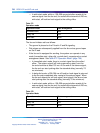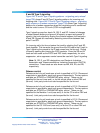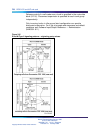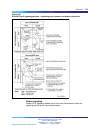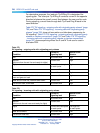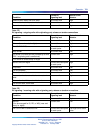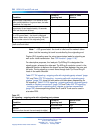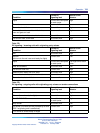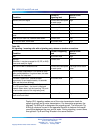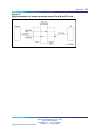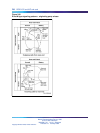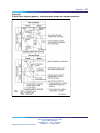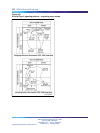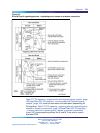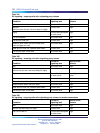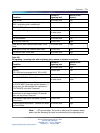
764 NT8D15 E and M Trunk card
Condition
Current in
signaling lead
State of trunk
detector
Stored Office DN digits Current flow interrupted
for each pulse
High
Outpulsed No current flow Low
Far end answers No current flow Low
Far end on hook first Current flow High
Near end on hook, network taken down, trunk
idled
No current flow High
Near end on hook first, network taken down Current flow Low
Far end on hook, trunk idled No current flow High
Table 280
DX signaling - incoming calls with originating party release on tandem connections
Condition
Current in signaling
lead
State of trunk
detector
Idle No current flow High
Seizure
(Meridian 1 may be arranged for IS, DD, or WS)
(near-end ready for digits)
Current flow Low
Dial CO/FX/WATS and office DN Current flow interrupted
for each pulse
Low-high-low for each
pulse
Stored digits outpulsed on CO/FX/WATS trunk
after ground detection if a ground start, but after
3 seconds if a loop start
If answer supervision: pseudo-answer
supervision is sent approximately 13 seconds
after last dial pulse received
No current flow Low
If no answer supervision: CO end disconnects
(if a CO ground start – the trunk is idled and
network taken down, but the incoming TIE trunk
is held under control of the originating end)
Current flow Low
Originating end disconnects – network taken
down and trunk idled
No current flow High
Duplex (DX) signaling makes use of the voice transmission leads for
signaling as well as for voice transmission. For descriptive purposes, the
lead pair Tip B/Ring B is designated the signaling pair. The other pair Tip
A/Ring A conducts current in the opposite direction to balance the overall
current flow between the near and far ends. During signaling, current flows
through both Tip B and Ring B leads in the same direction.
Nortel Communication Server 1000
Circuit Card Reference
NN43001-311 01.04 Standard
Release 5.0 23 May 2008
Copyright © 2003-2008, Nortel Networks
.



